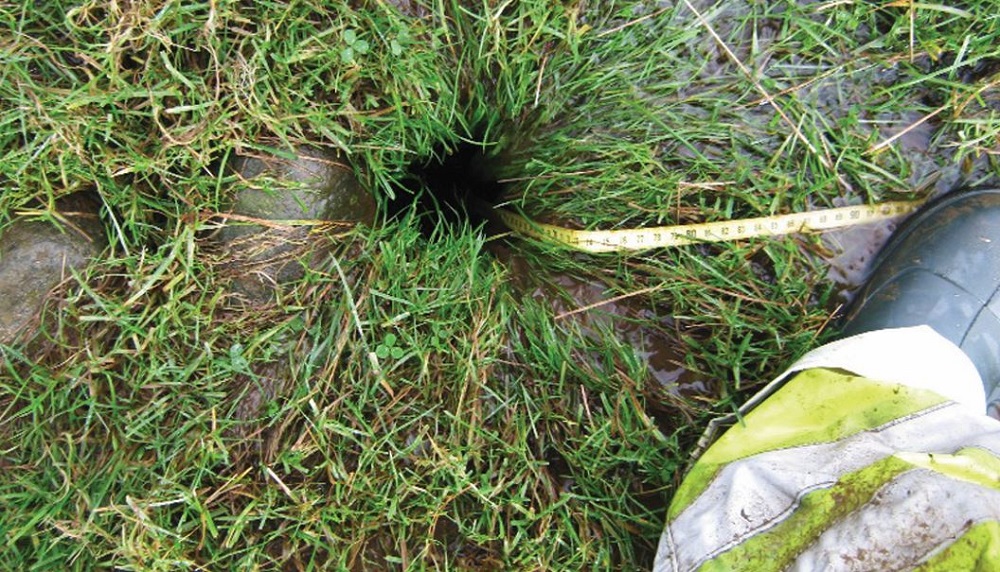- Home
- Knowledge library
- Field drainage: When to invest in field drainage
Field drainage: When to invest in field drainage
The scale and intensity of the drainage system should match the requirement to protect cropped land from waterlogging.
System requirements
Think of drainage as insurance.
The degree to which drainage systems provide protection against waterlogging should match the value of the crops.
For example, a higher-value crop may justify a more intensive field drainage system than grassland, which may be able to better tolerate a small amount of waterlogging.
Equally, improved drainage may attract high-value horticulture crops into the rotation, increasing the rental value.
Waterlogging risk
The following waterlogging risk frequencies are typically used to guide the requirement for drainage investment:
- 1 in 25 years: very high value specialist crops
- 1 in 10 years: most horticultural crops
- 1 in 5 years: root crops
- 1 in 2 years: intensive grass and cereals
- 1 in 1 year: other grassland
Is the existing system adequate?
An existing field drainage system may be inadequate because:
- It may have been designed to work with mole drains that have collapsed and need renewal
- It may have reached the end of its useful life (e.g. blocked or collapsed)
- Land use may have changed since the system was installed
- Drains may have been installed without permeable backfill
Where permeable backfill is required for optimum performance, the scheme may work well initially due to the soil disturbance during trenching. However, the soil will eventually consolidate and become less permeable, limiting water movement.
Field history
It can be difficult to see crop stress where old drains are gradually becoming less effective, especially where only some crops in the rotation are affected.
Consider the field’s history and whether it has been deteriorating, including:
- Year-on-year variation in yield
- Instances of delayed cultivation or harvest
- Past damage due to poor drainage
- Presence of blow holes: a sign that pipes are too small or are blocked downstream
- Increases in moisture-loving plants
A 'blow hole'
 ADAS
ADAS
Topics:
Sectors:
Tags:

